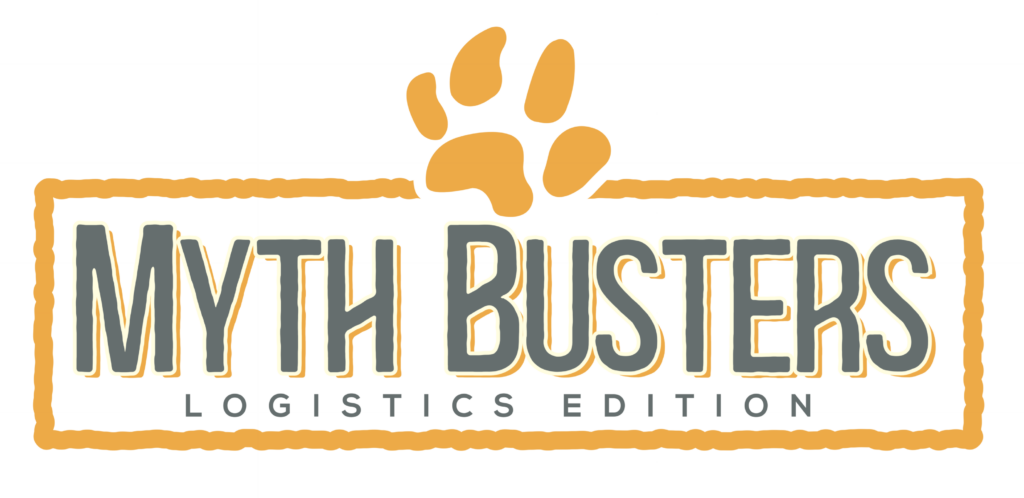
This month, the Logistics MythBusters at Jaguar Freight are taking on a topic that’s full of myths: Cargo Insurance.
The main myth that needs busted is the idea that many companies think the full value of their goods is covered by the terms of the Ocean Bill of Lading or Airway Bill. The truth is that under the terms and conditions, the carrier’s liability is dramatically limited. For example, the limit on an OBL is $500 per shipping unit, which can even be defined as the entire container (this has been adjudicated as case law). For airfreight, weight is the determining factor. It’s also important to know that the commercial value, from a liability perspective, is almost irrelevant under the terms of an OBL or AWB.
And while we’re on the topic, there are plenty of other misconceptions, and misunderstandings about insurance shippers need to know.
For example, carriers are responsible for the product once it’s in their possession, but there can be exceptions. It is not accountable if it’s determined the customer’s packaging contributed to the damage. A carrier is also not responsible for shortages subject to Shipper’s Load and Count (SLC) unless there is clear physical evidence of tampering while in their possession.
The point is that it’s very important for shippers to understand precisely what is covered by insurance when their product is in transit and take steps to protect their financial interests as much as possible. If you are in doubt, ask your logistics professional.
BTW, we recently wrote a blog on the topic of Cargo Insurance you might find interesting, click here to read Here’s Why Every Company Needs Cargo Insurance.




